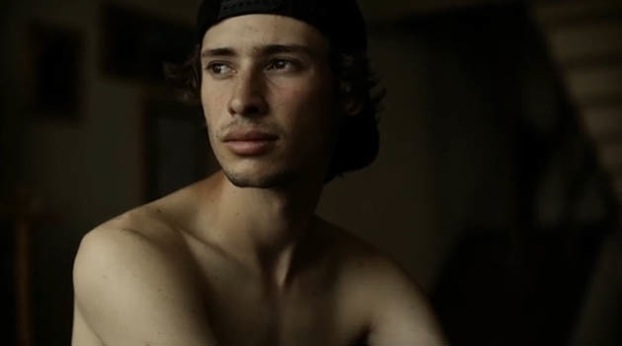Corporate Takeover: The Inherent Distrust of Subsidized Creativity
Blake repeats this mantra so as to burn it into the minds of his underperforming sales force, reminding them that their failure to sell condos and time shares will only result in termination. It’s not so much a morale booster as it is a warning to those lacking the killer instinct required in sales. But…


In the film Glengarry Glenn Ross, the character of Blake, played by Alec Baldwin, utters an oft-quoted line following the famous ’steak knives’ scene: “A-B-C. A-Always, B-Be, C-Closing. Always be closing, always be closing.” In the context of the film, Blake repeats this mantra so as to burn it into the minds of his underperforming sales force, reminding them that their failure to sell condos and time shares will only result in termination. It’s not so much a morale booster as it is a warning to those lacking the killer instinct required in sales. But on a grander scale, Blake is talking about selling — no matter the product, no matter the price.
I was reminded of this scene while watching a new ad campaign for Coke’s energy drink, called Burn (see video below). It’s a dilemma I think about often, the fact that so much of today’s creative output is subsidized by corporate dollars, and the blurry ethical line this infusion of cash can create among those tasked to produce the work — art directors, graphic designers, illustrators, photographers, animators, etc.
Look at the visual aesthetic of the Burn campaign, for example. Imagine it was, in essence, a stand alone short film — not a commercial disguised as a short film. What does it mean? There are stark colors, skateboarders, an emotive musical score. But we’ve seen all that before — highly emotionalized ad spots. In fact, its become increasingly commonplace in the way products are marketed to us. The young men in the film weave through the city, their movements captured in crisp high-definition as they each burst into flames and continue to skate.
Aesthetically, it’s a beautiful piece of work. But when you take into account that you are being sold an energy drink, it’s hard not to feel cheated. In fact, it’s hard not to view this as anything less than bait and switch. Campaigns like this promise a film but provide no narrative substance, no evolutionary character development. That’s because there are no true characters, just models urging you to immerse yourself in a contrived coolness engineered by marketers, to desire a drink (a detail you learn only after being led down the Burn.com rabbit hole) that promises nothing but to temporarily jack your heart rate. It’s an elaborately convoluted sales pitch wrapped in artistry — a practice that has become the norm these days (and, obviously, the basis of all advertising). Coke, and so many companies like it, are no longer just hawking a single product, but instead selling you the life you want to have, the circle of friends you want to be a part of, a holistic physical manifestation of a target demographic.
In fact, this approach has taken the once subtle art of product placement down a nefarious path. It’s nothing new that corporations are desperate to enter the bloodstream of global youth culture. But it used to be that the creative minds borne of these cultures and subcultures (i.e. skateboarding, graffiti, hip-hop, metal, punk/hardcore, etc.) had a healthy distrust of those looking to cash in (read: desperate corporate overlord types) on their interests. But in truth, the pitch men (and women) are no longer plucked from a corner office in a company’s marketing department. Today’s culture brokers are the very people who forged the movements they now co-opt for cash. It’s a new cultural landscape of self-made entrepreneurs, those specializing in analyzing/monetizing trends, lending their cultural insight to the highest bidder. And while right now there is an unprecedented boom in creativity, the poacher’s market is also increasingly ripe.
As an example, back in May I was contacted by a woman from a viral marketing firm who sent me a press release regarding The Creators Project, a collaborative promotional campaign between Intel and Vice magazine. I receive hundreds of press releases each week. But this particular message stood out to me.
The Creators Project is a new network dedicated to the celebration of creativity and culture across media, and around the world. This video features James Lavelle discussing inspiration and collaboration and letting us in to the world of Unkle and his fantastic label Mowax. If you post this on your site in your MPU player or as part of an editorial, we can pay you for every UK based click to play.
Sure, pay-per-click returns are nothing new, but this was the first time I’d ever been so shamelessly solicited by a marketing firm. And this is not uncommon. The campaign to inject advertising into original content in television, film, and print media has been ongoing for decades. But today, the practice is pervasive. And as future generations come of age, it becomes harder for them to discern the difference between editorial and advertorial, engineered content and genuine artistry. In essence, there is no difference between reality and nonreality. When creativity — and the notion of creativity — is so widely subsidized, how can the purity of its vision be trusted? ![]()




